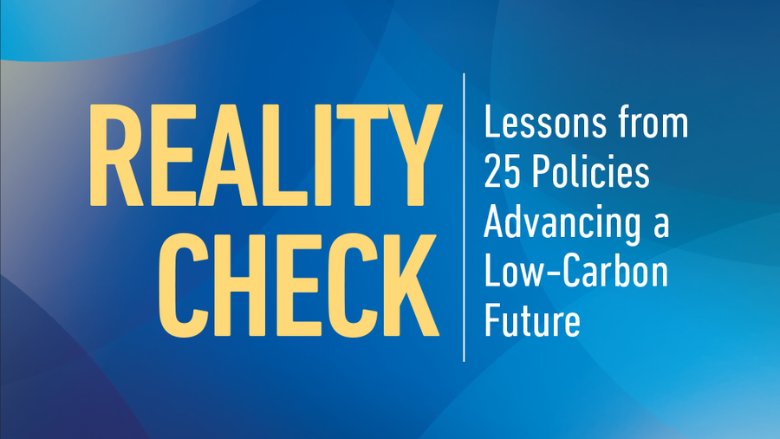All countries have promised to reduce their greenhouse gas emissions to stop climate change. But promises are one thing and actions are another. Eight years after the 2015 Paris Agreement set ambitious, achievable goals to curb emissions and adapt to global climatic shifts, the world is still on track for unprecedented climate change -- and bureaucratic, political, and financial hurdles have stymied thousands of climate-friendly policies around the world.
Yet governments across the globe have made tangible progress and many climate policies have been successfully implemented. A new World Bank report, Reality Check: Lessons from 25 Policies Advancing a Low-Carbon Future showcases examples across sectors and five continents, from countries as disparate as Egypt, Niger, China and Peru.
“These are real policies in countries with very different income levels and political contexts,” says Axel van Trotsenburg, World Bank Senior Managing Director for Development Policy and Partnerships. “They provide invaluable insights on how countries actually design and implement climate policies, and on the hard compromises that doing so can require, such as the rapid expansion of solar power in India, the use of waste to generate affordable energy in Mexico, and the greening of Colombia’s construction industry.”
Climate policies typically try to achieve multiple objectives at once, such as reducing air pollution or building energy security or competitiveness. Successful climate policymaking often involves finding middle ground, so policies are easier to implement and win support, according to the report.


